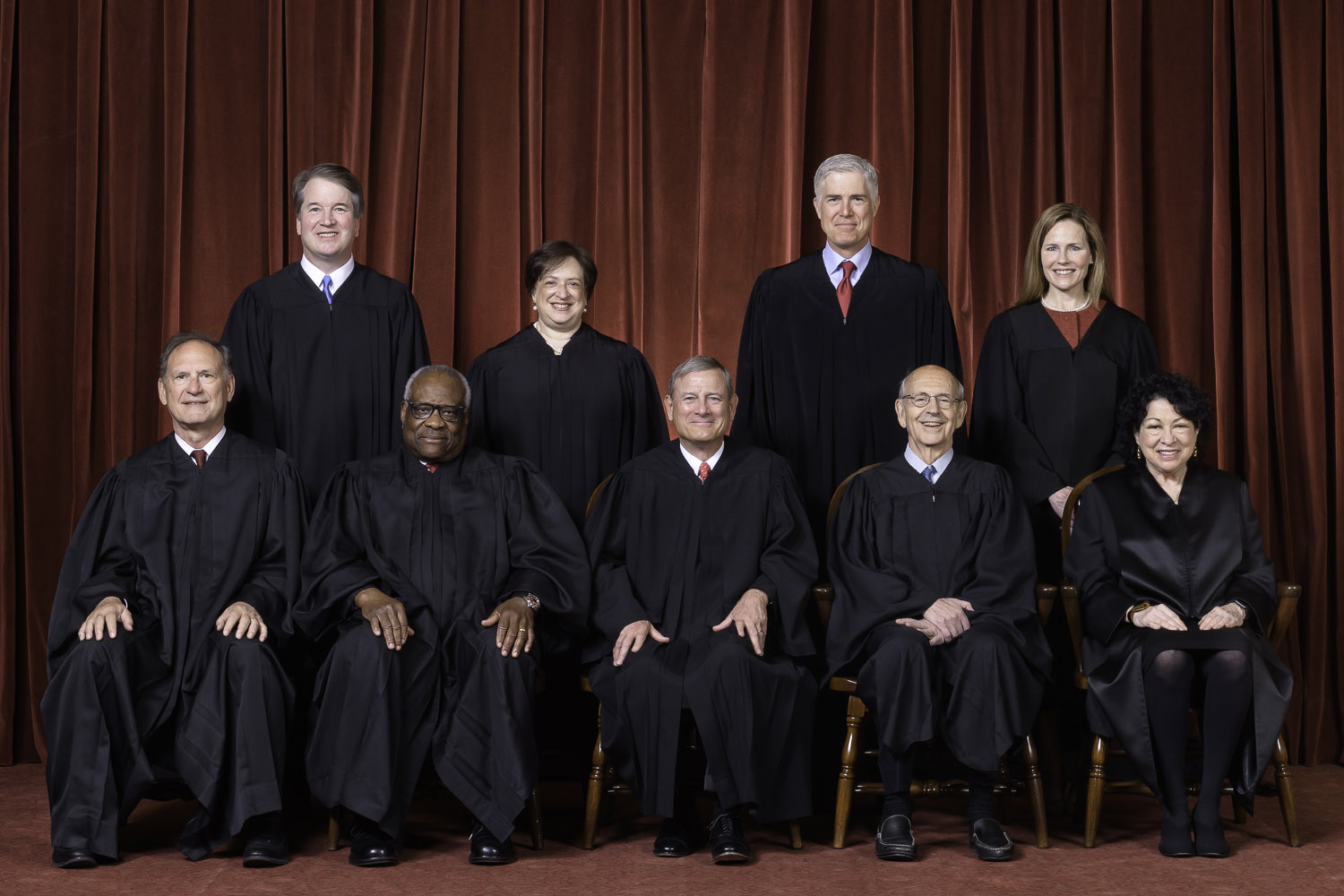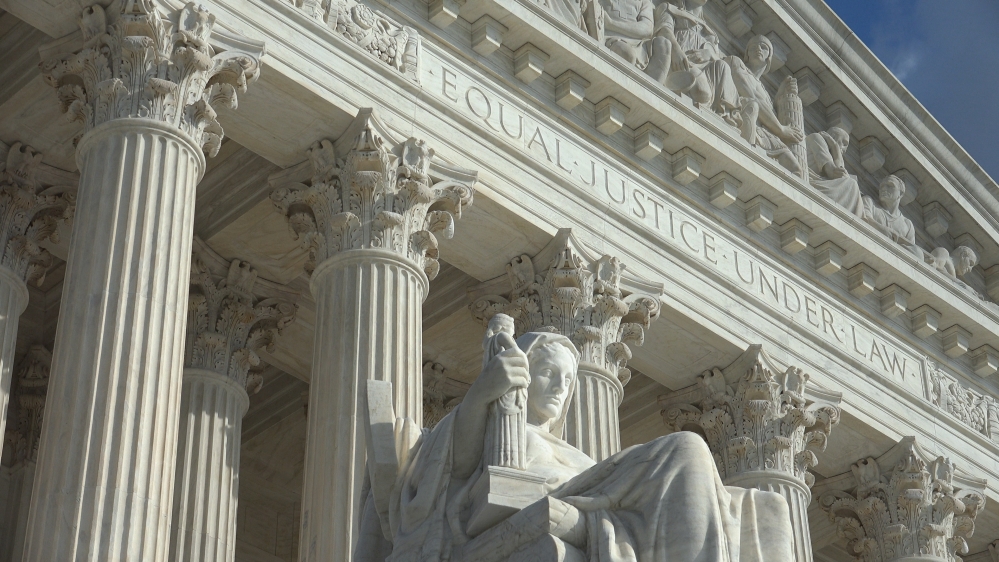The commission might consider adding seats to the Court, and there is some suspicion that the commission will be cover for “court packing.” I recently testified at the commission’s first public hearing. Although such news rarely appears on the European radar, narratives of “court packing” are not foreign in (liberal) European constitutional discourse either, especially as part of ongoing rule of law debates. Therefore, for this post, I thought I would summarize the discourse in the United States and my testimony before the commission, drawing some parallels to the European context.
Over the last several decades, the United States Supreme Court has sought to decide and resolve controversial social, moral, and political issues for the entire country. Such issues include or involve abortion, same-sex marriage, and sexual intimacy, as well as the variety of criminal procedure rules (such as the requirement for the suppression of evidence obtained illegally by police) that a progressive Supreme Court created in the 1960s and 1970s and imposed on the entire country. So long as the Supreme Court decides such matters, the appointment of new Justices to the Court will remain heated and controversial. The same seems to be true of European courts that decide similar cases, even if they do so under different competences and review powers.
One perspective shared by many conservatives in the United States is to abandon the notion of “living constitutionalism,” whereby judges get to update the meaning and content of the Constitution over time, and to replace it with “originalism,” the idea that judges should simply follow the original meaning of the Constitution. After all, the “original” Constitution is often silent on prominent social and political issues, leaving such matters for the battlefield of democratic politics, to which political passions are properly directed. Many criticize originalism for being “conservative,” but if by conservative we mean such questions are reserved for democratic processes, that is an odd conservative to object to. With three “originalist” Supreme Court Justices appointed by President Trump, it is widely believed that a majority of the Supreme Court is now originalist.

Current members of the US Supreme Court (Photo: supremecourt.gov)
But that is not enough for many progressives who argue, sometimes rightly, that originalism often appears to be merely a guise for politically conservative results. Although I think that criticism is generally (but not always) unfair, the fact of the matter remains that a Supreme Court that is overwhelmingly originalist will not temper passions because progressives believe the Supreme Court should have a role in advancing their particular vision of liberty and equality. If originalism is opposed to that vision of the judicial role, then it likely will not resolve the problem of the modern judicial confirmation process.
Another possible mechanism to reduce the power of the Court is to reinvigorate a concept that some American scholars call “departmentalism.” In short, the idea is that courts decide particular cases, and their judgments are binding on the parties to those cases. But the political departments of government—the legislature and the executive—need not immediately or necessarily follow the reasoning of such cases as a political rule. This is obvious when a court upholds the constitutionality of a law; nothing prevents Congress or the President from repealing the law or pardoning offenders against the law if they believe the law nevertheless to be unconstitutional.
Even when the Supreme Court declares a law to be unconstitutional, however, there might be room for maneuver. The Court’s judgment would be binding on the parties, but the law is technically not repealed. It can still be enforced. Only when suits are multiplied, and a constitutional decision is settled after numerous discussions and adjudications over a longer period of time, in the courts as well as the political branches, does good faith compel adherence to settled precedent. This was the view of Chief Justice John Marshall, James Madison, Alexis de Tocqueville, and Abraham Lincoln.
The problem with that proposal, of course, is that it is not clear where it will end. If the progressives begin to add seats to the Supreme Court to obtain a progressive majority of judges, why should the conservatives not do the same when they return to power? And more fundamentally, packing the Supreme Court suggests the Court is politicized, and implies an attempt to influence the Court’s direction, which undermine confidence in the rule of law.
Recently I led a “conservative team” in drafting a new Constitution for the United States, under the auspices of the National Constitution Center in Philadelphia. In our work we proposed an alternative amendment to the Constitution that would fix the number of Justices at nine, and create staggered, eighteen-year terms, such that each President will get two appointments per term. This concept is in fact familiar to European systems of constitutional justice. Under such an approach, the composition of the Court will not depend on strategic retirements by Justices or untimely deaths.
However, such a proposal is not bulletproof. Will Justices make decisions knowing that they will seek lucrative jobs in the private sector after their terms expire? Will that undermine judicial independence? What happens when there is an unexpected death? These are questions that the new Biden-appointed court reform commission should explore, and my full testimony before the commission can be found here. What seems clear, however, is that court packing will not solve the long-term problems regarding the role of the Supreme Court in American government and American life. I remain curious to see where court-packing narratives lead European constitutional discourse, and maybe the above can provide some comparative insight into its pitfalls.
Ez a cikk magyarul is elérhető.
Cover: shutterstock.










